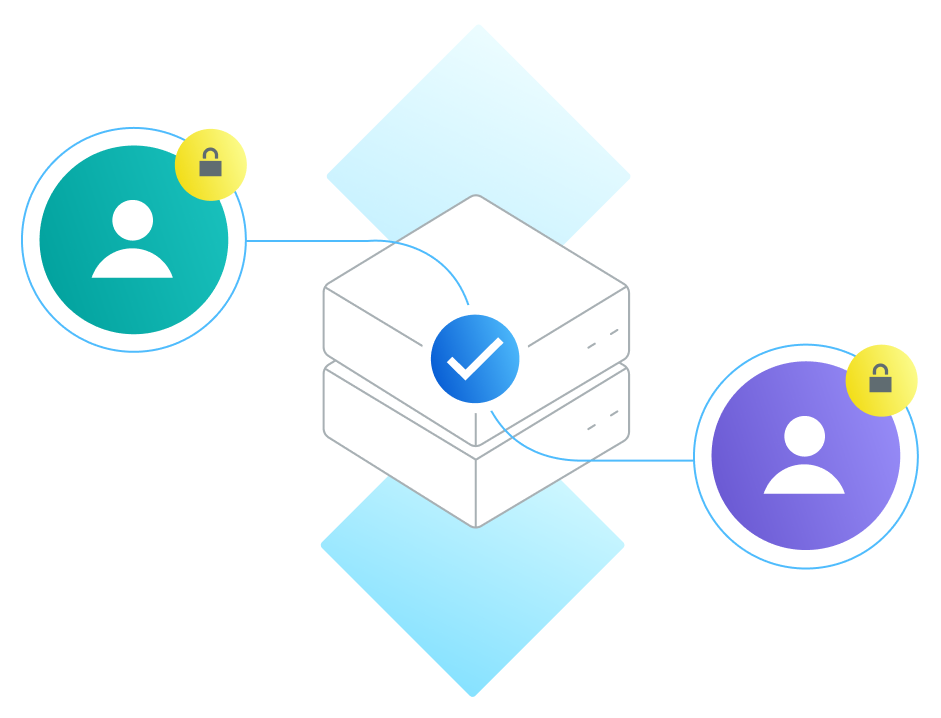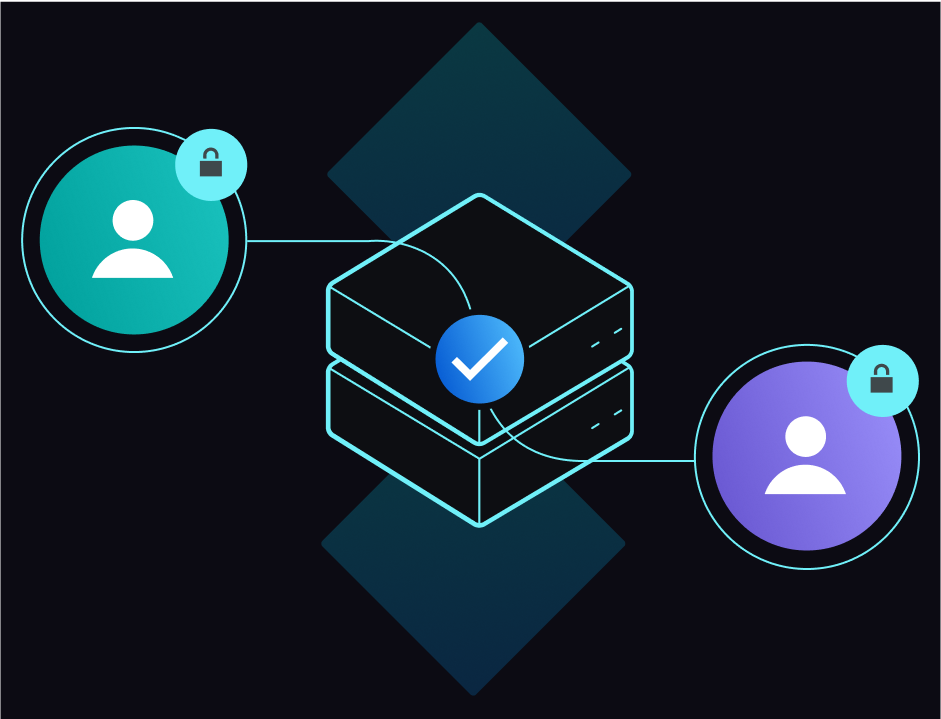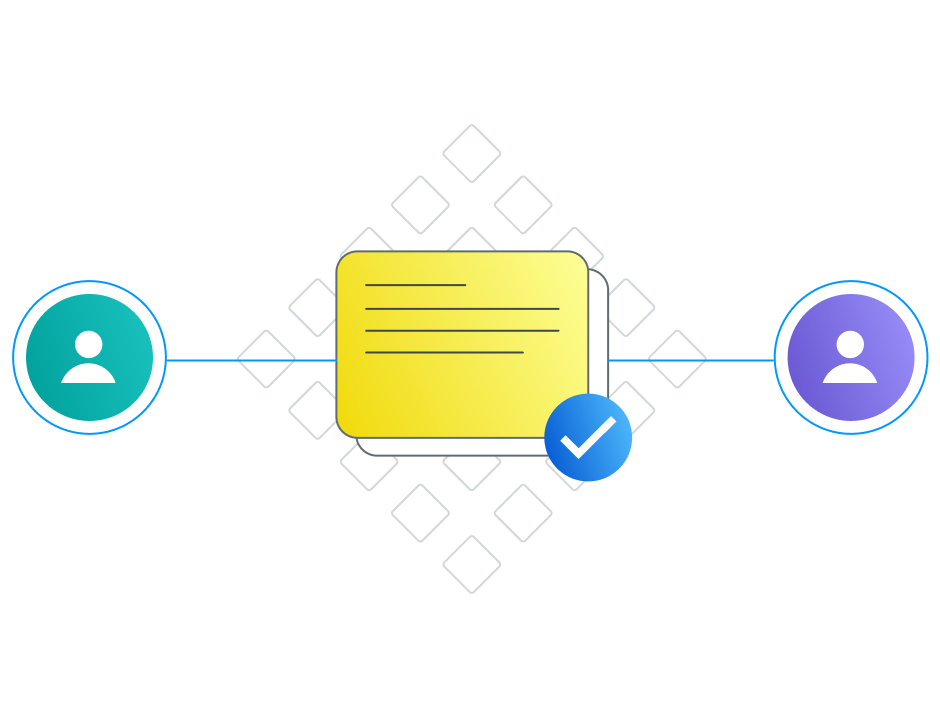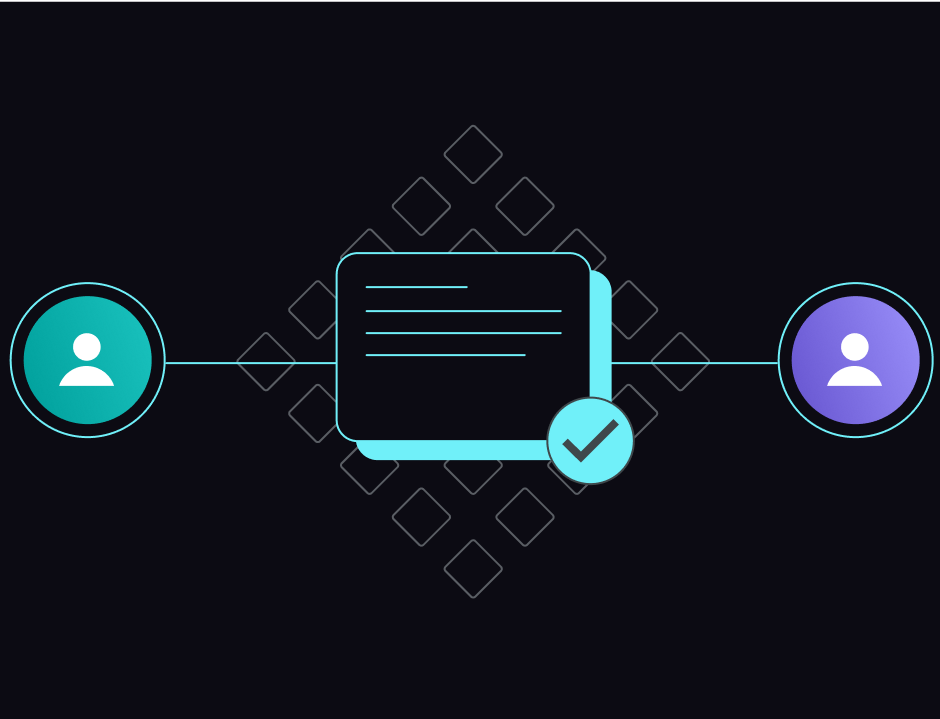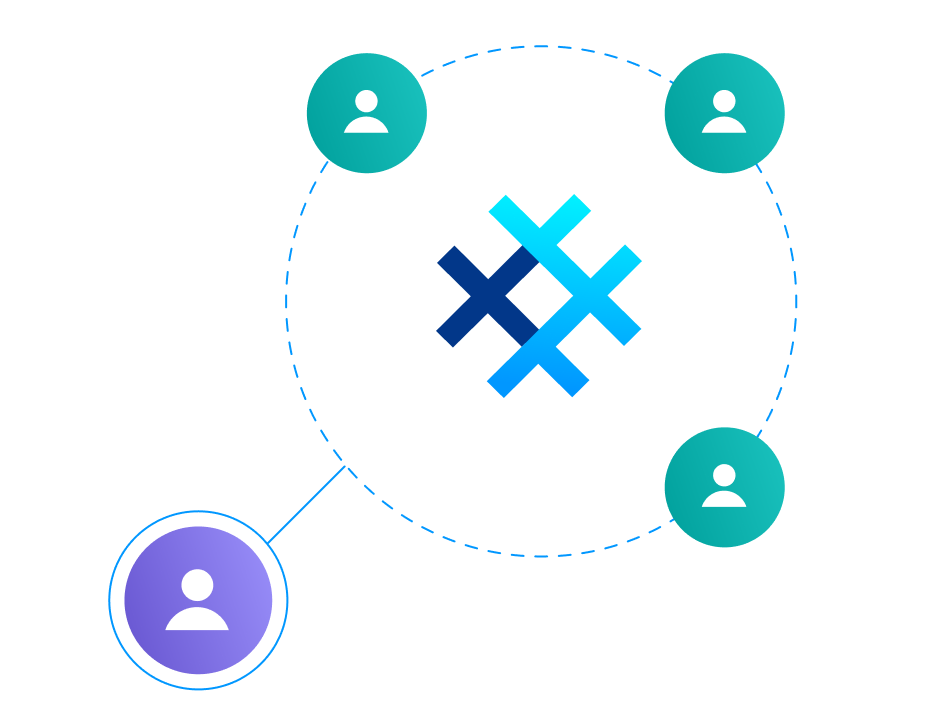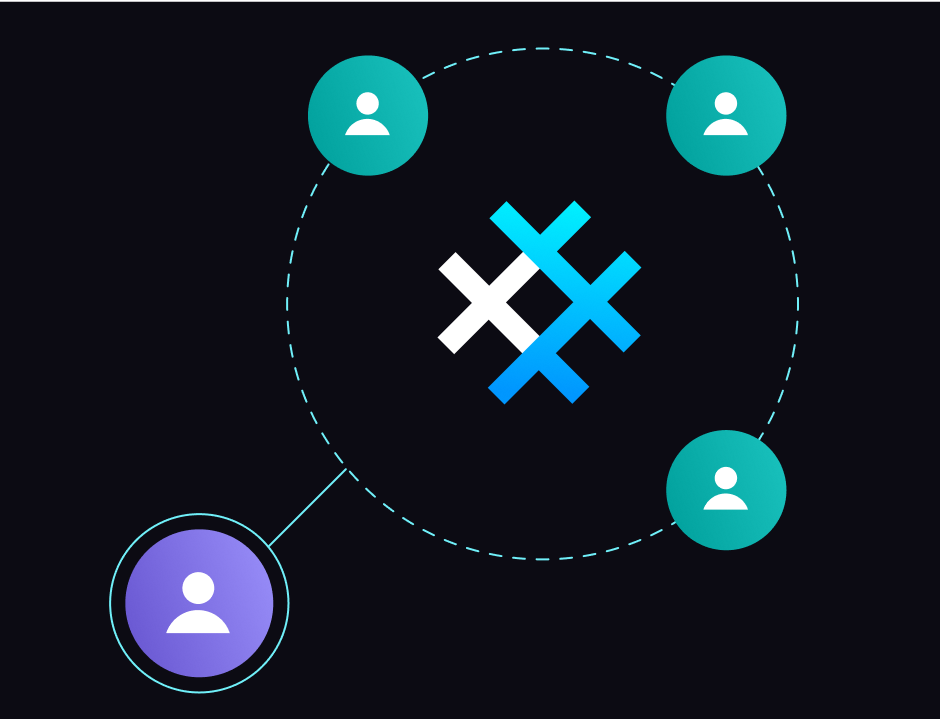The attack when the attacker secretly relays and possibly alters the communications between two parties who believe that they are directly communicating with each other.
This attack can be used to compromise end-to-end encryption by intercepting public keys during key exchange, substituting them with the attacker's keys, and then intercepting and re-encrypting all messages, without altering their content. With this attack, while the attacker does not change message content, but she can read the messages, while the communicating parties believe the messages are end-to-end encrypted.
Such attack is possible with any system that uses the same channel for key exchange as used to send messages - it includes almost all communication systems except SimpleX, where the initial public key is always passed out-of-band. Even with SimpleX, the attacker may intercept and substitute the key sent via another channel, gaining access to communication. This risk is substantially lower, as attacker does not know in advance which channel will be used to pass the key.
To mitigate such attack the communicating parties must verify the integrity of key exchange - SimpleX and many other messaging apps, e.g. Signal and WhatsApp, have the feature that allows it.
Wikipedia.










































